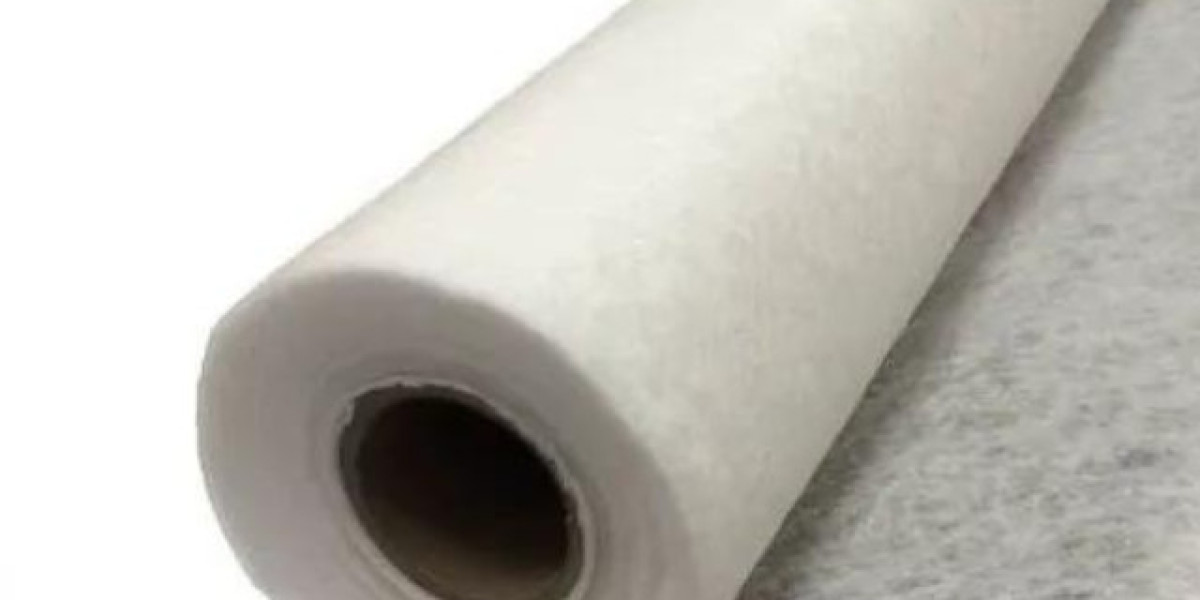Understanding Geotextile Fabric:
Geotextile fabric, often referred to simply as geotextiles, is a synthetic textile material manufactured from polymers such as polypropylene, polyester, or polyethylene. It is engineered with specific properties to provide strength, durability, and permeability, making it ideal for use in civil engineering and environmental applications. Geotextiles are available in various forms, including woven, non-woven, and knitted, each tailored to suit different project requirements.
Geo fabric sheet in India is manufactured by leading companies with advanced technology and expertise to meet the diverse needs of construction and environmental projects across the country. These sheets offer superior strength, durability, and permeability, making them essential components in infrastructure development, soil stabilization, erosion control, and other applications
Functions and Applications:
The versatility of geotextile fabric enables its use in a multitude of applications across diverse industries:
Separation: Geotextiles act as a barrier between different soil layers or materials, preventing intermixing and maintaining the integrity of engineered structures such as roads, railways, and embankments.
Filtration: By allowing water to pass through while retaining soil particles, geotextiles serve as effective filtration media in drainage systems, retaining walls, and erosion control applications.
Reinforcement: Geotextile fabric reinforces soil structures by distributing loads and reducing soil settlement, thereby enhancing the stability and performance of embankments, retaining walls, and slopes.
Protection: Geotextiles provide protection against mechanical damage, abrasion, and punctures to underlying surfaces, such as geomembranes in landfill liners or exposed slopes in erosion-prone areas.
Drainage: Geotextile fabrics facilitate efficient drainage by allowing water to pass through freely while preventing the clogging of drainage systems by soil particles or debris.
Benefits of Geotextile Fabric:
Strength and Durability: Geotextiles offer high tensile strength and resistance to degradation, ensuring long-term performance in demanding engineering and environmental applications.
Permeability: The permeable nature of geotextile fabric allows for the efficient passage of water, preventing waterlogging and promoting effective drainage in soil and geotechnical systems.
Versatility: Geotextiles are available in a variety of types and configurations to suit different project requirements, offering flexibility and adaptability in design and implementation.
Cost-effectiveness: The use of geotextile fabric can result in cost savings by reducing the need for traditional construction materials, minimizing maintenance requirements, and extending the service life of engineered structures.
Environmental Sustainability: Geotextiles contribute to sustainable engineering practices by reducing the environmental impact of construction activities, conserving natural resources, and mitigating soil erosion and degradation.
Geotextile Fabric in Modern Engineering and Environmental Projects:
The widespread adoption of geotextile fabric has revolutionized the approach to engineering and environmental projects:
Road Construction: Geotextiles are used to improve the performance and longevity of roads by providing separation, filtration, and reinforcement in pavement systems, reducing maintenance costs and extending service life.
Landfills and Waste Management: Geotextile liners and covers are employed in landfill applications to contain and control leachate and gas migration, minimizing environmental contamination and ensuring regulatory compliance.
Erosion Control: Geotextiles play a critical role in stabilizing slopes, shorelines, and riverbanks, mitigating soil erosion and protecting infrastructure from the damaging effects of water and weathering.
Water Management: Geotextile fabrics are utilized in drainage systems, reservoirs, and irrigation channels to improve water retention, filtration, and drainage efficiency, enhancing water management practices and promoting sustainability.
Coastal Protection: Geotextile structures such as geotubes and geobags are employed in coastal engineering projects to mitigate erosion, stabilize beaches, and protect coastal infrastructure from wave action and storm surges.
Conclusion:
